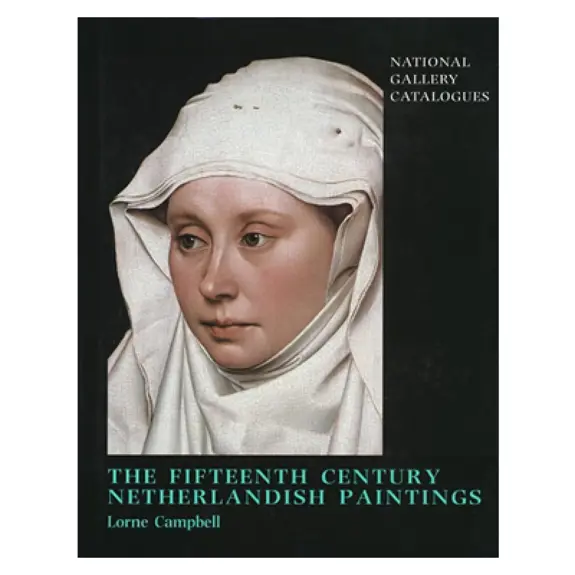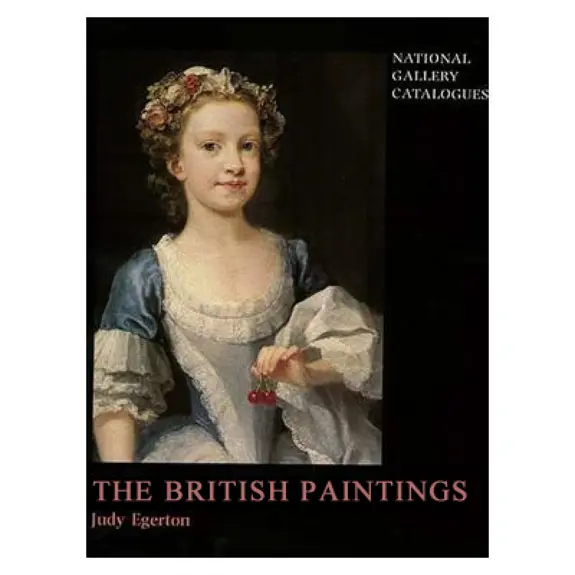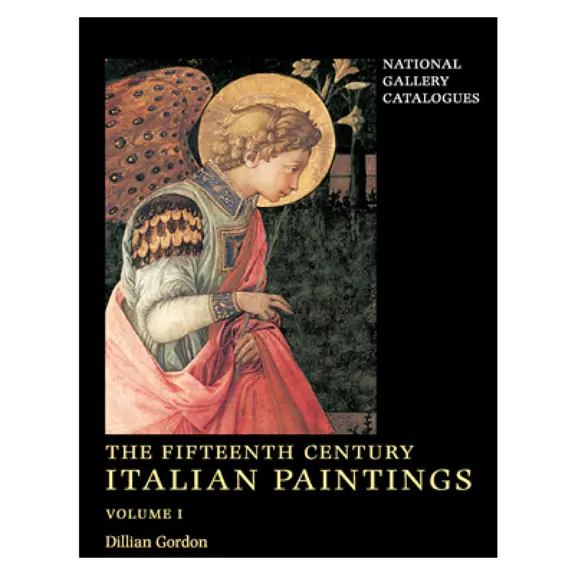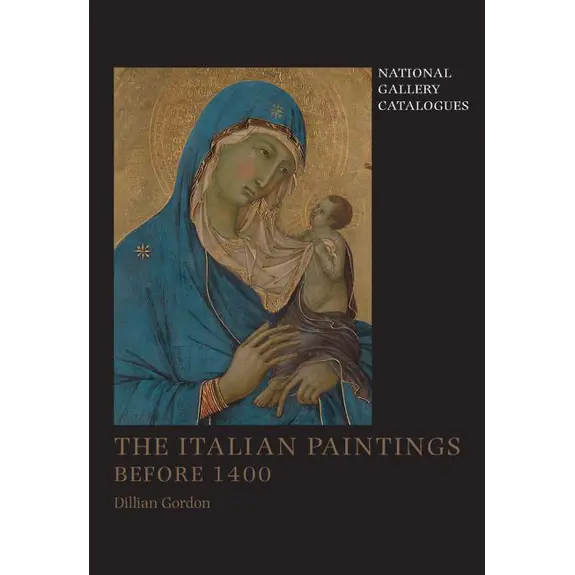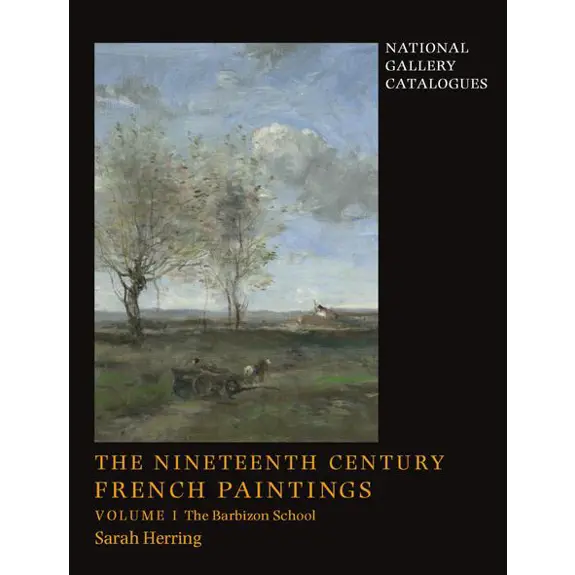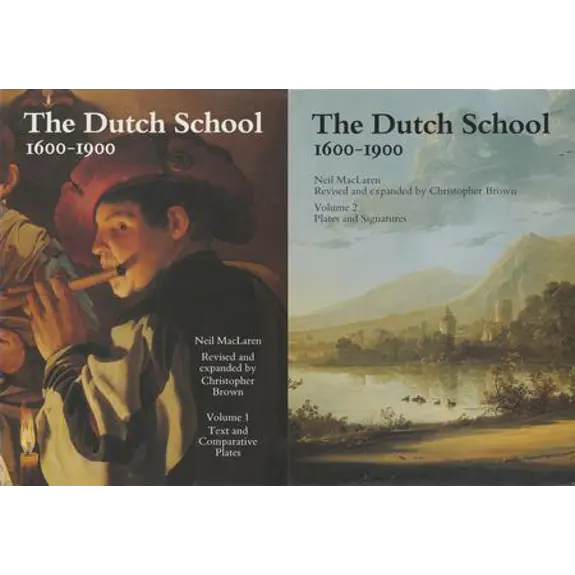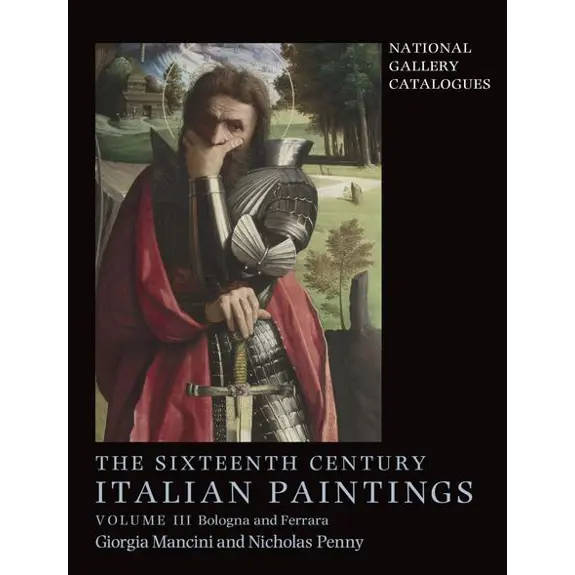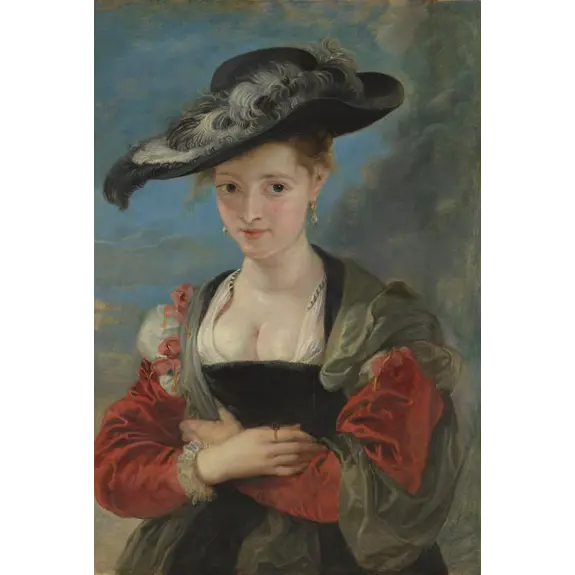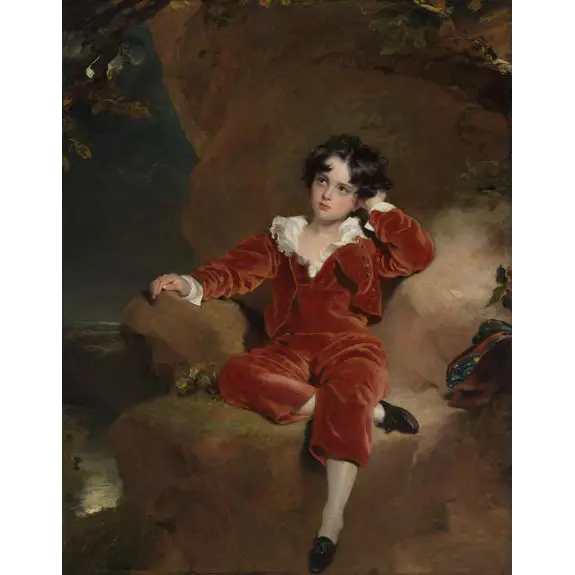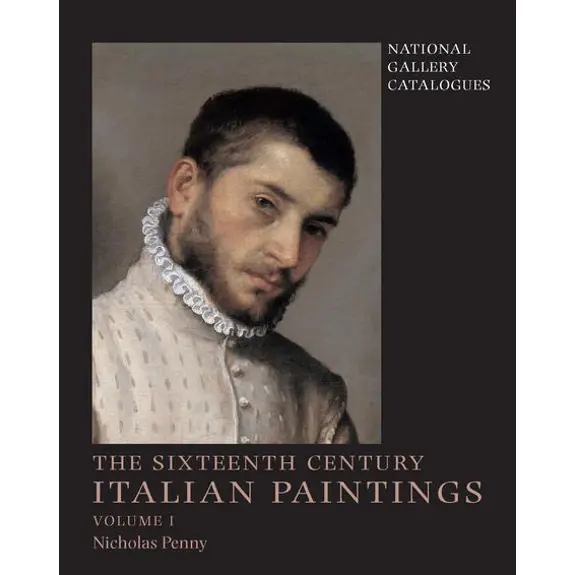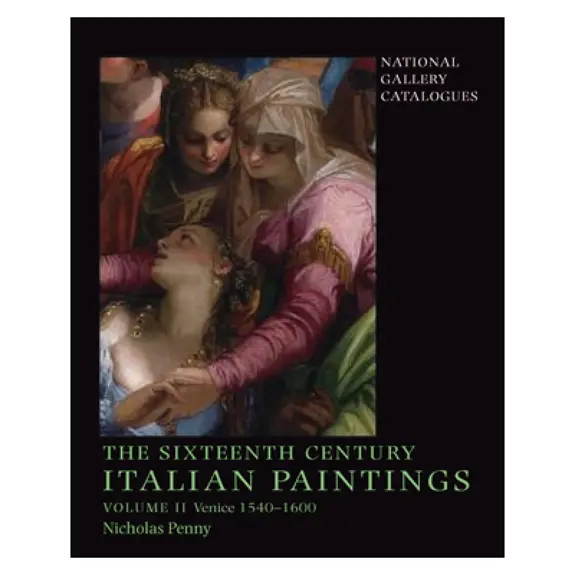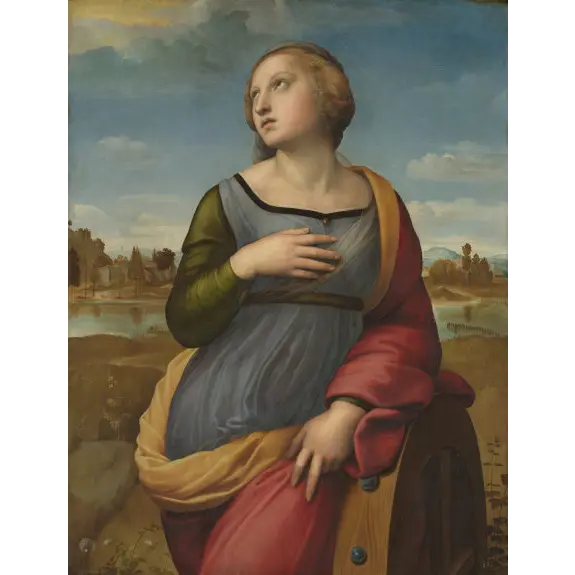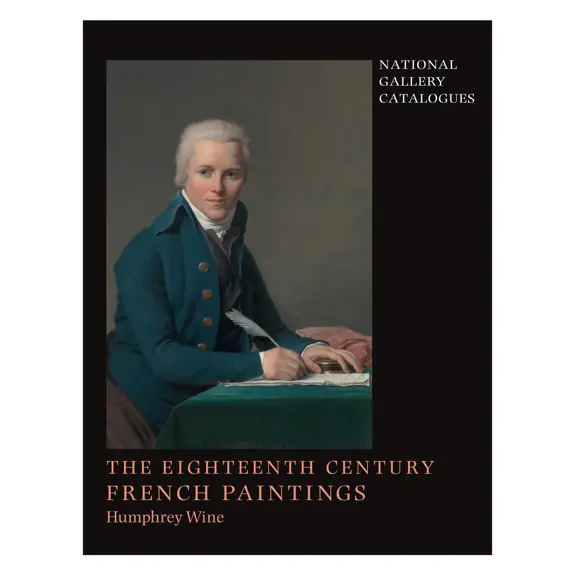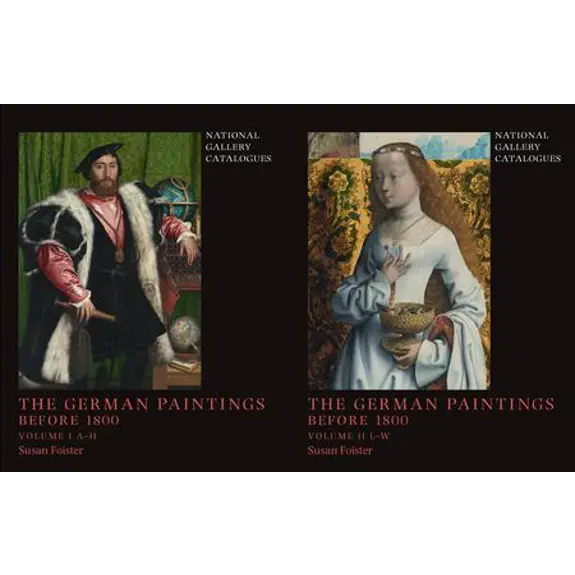
The German Paintings before 1800
National Gallery Catalogues
Susan Foister
London, 2024
Summary
This fully illustrated catalogue presents the most up-to-date research on the 80 paintings in the National Gallery that were created in the German-speaking lands before 1800. Among them are important groups of works by artists such as Hans Holbein the Younger – including his famous double portrait ‘The Ambassadors’ of 1533 – Lucas Cranach the Elder, Albrecht Dürer, Adam Elsheimer, the fifteenth-century Cologne painter known as the Master of the Saint Bartholomew Altarpiece and his Westphalian contemporary, the Master of Liesborn.
This is the first catalogue of the National Gallery’s German paintings since 1959 and includes authoritative entries on a number of important new acquisitions, among them significant works by Albrecht Altdorfer, Wolf Huber, Franz Anton Maulbertsch, Hans Rottenhammer and Hans Wertinger. Each entry discusses in detail the subject matter, authorship, provenance and art historical significance of the work. New information based on the re-examination of each picture is combined with technical photographs. The catalogue also contains two essays, the first discussing the history of the paintings’ acquisition by the National Gallery and the taste for German painting in Britain, and the second addressing the ways in which these German artists produced their work.
Online extracts from this catalogue
- Albrecht Altdorfer, 'Christ taking Leave of his Mother'
- Lucas Cranach the Elder, 'Cupid complaining to Venus'
- Albrecht Dürer, 'Saint Jerome'
- Adam Elsheimer, 'Saint Lawrence prepared for Martyrdom'
- South German, 'Portrait of a Woman of the Hofer Family'
- Hans Holbein the Younger, 'A Lady with a Squirrel and a Starling (Anne Lovell?)'
- Hans Holbein the Younger, 'Christina of Denmark, Duchess of Milan'
- Hans Holbein the Younger, 'The Ambassadors'
- Wolf Huber, 'Christ taking leave of his Mother'
- Johann Liss, 'Judith in the Tent of Holofernes'
- Stephan Lochner, 'Three Saints'
- Master of the Life of the Virgin, 'The Presentation in the Temple'
- Master of the Saint Bartholomew Altarpiece, 'The Deposition'
- Franz Anton Maulbertsch, 'Allegory of the Continent of Asia'
- Michael Pacher, 'The Virgin and Child Enthroned with Angels and Saints'
- Hans Wertinger, 'Summer'
About the text
These catalogue entries are a mixture of new ‘born digital’ entries, and entries from previously published catalogues. A third of the previously published entries were chosen from among the Gallery's most important paintings, and two thirds from paintings that are interesting, but often overlooked.
When converting the previously-published files we have tried to stay as close to the original texts and arrangements as possible, whilst also creating online entries that are self-contained. This means that sections like bibliographies and appendices appear in the individual entry webpage. Bibliographies have been collated from various sources (this is why, for example, individual references may be formatted differently). The way we tag items to add them to lists of references may mean that the hyperlinking of references appears inconsistent – we’ll be working on improving this.
Editorially, we have corrected any known errors. We have also acquired and cleared new images, so credit lines have been updated. Images, which often fell in the middle of running text, have been moved to the next paragraph break. The main image for each entry has been moved to the top. Captions which applied to more than one image have been divided so that each image has its own caption.
Texts remain as they were published. In a few cases an ‘update’ section summarises recent research.
